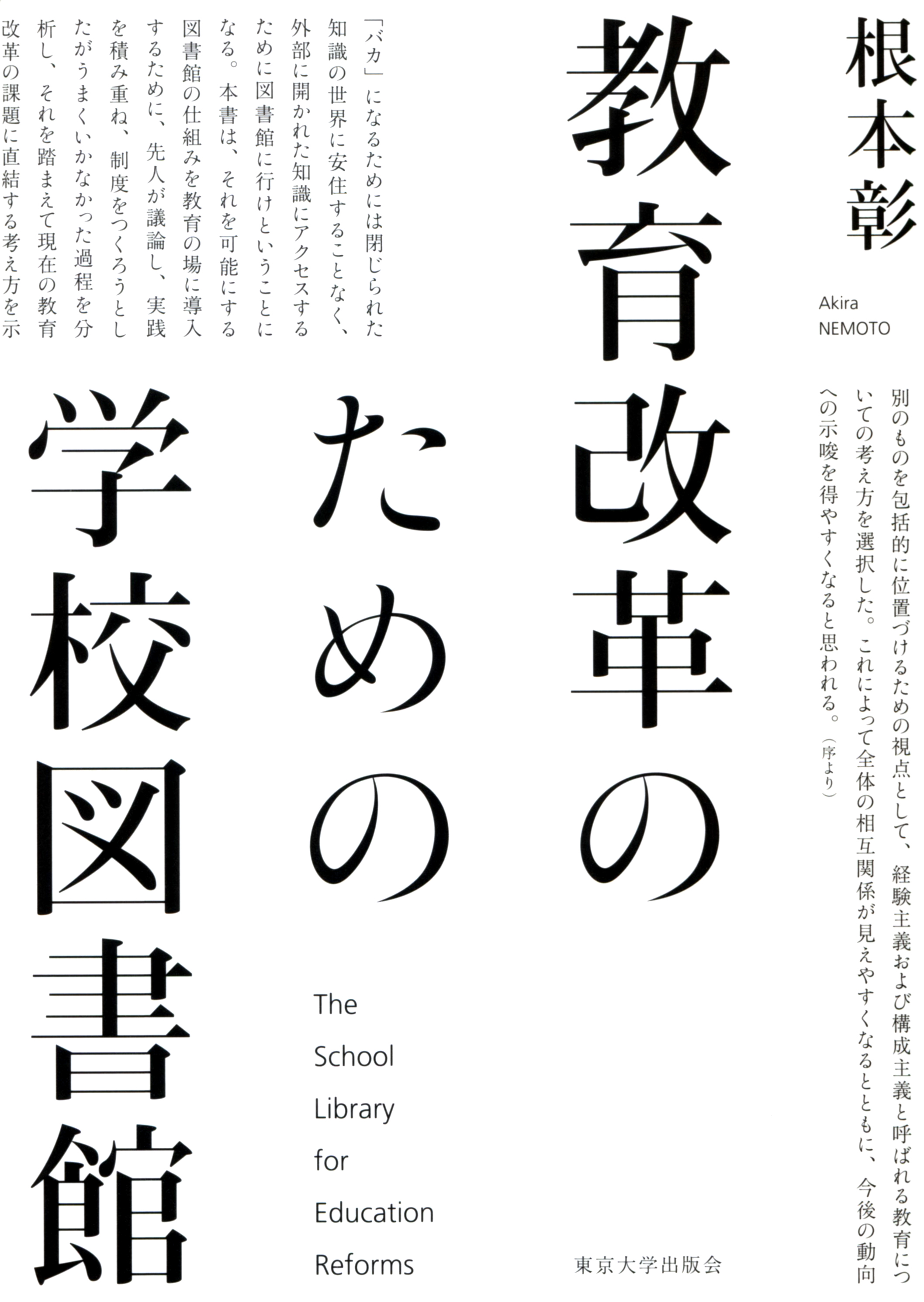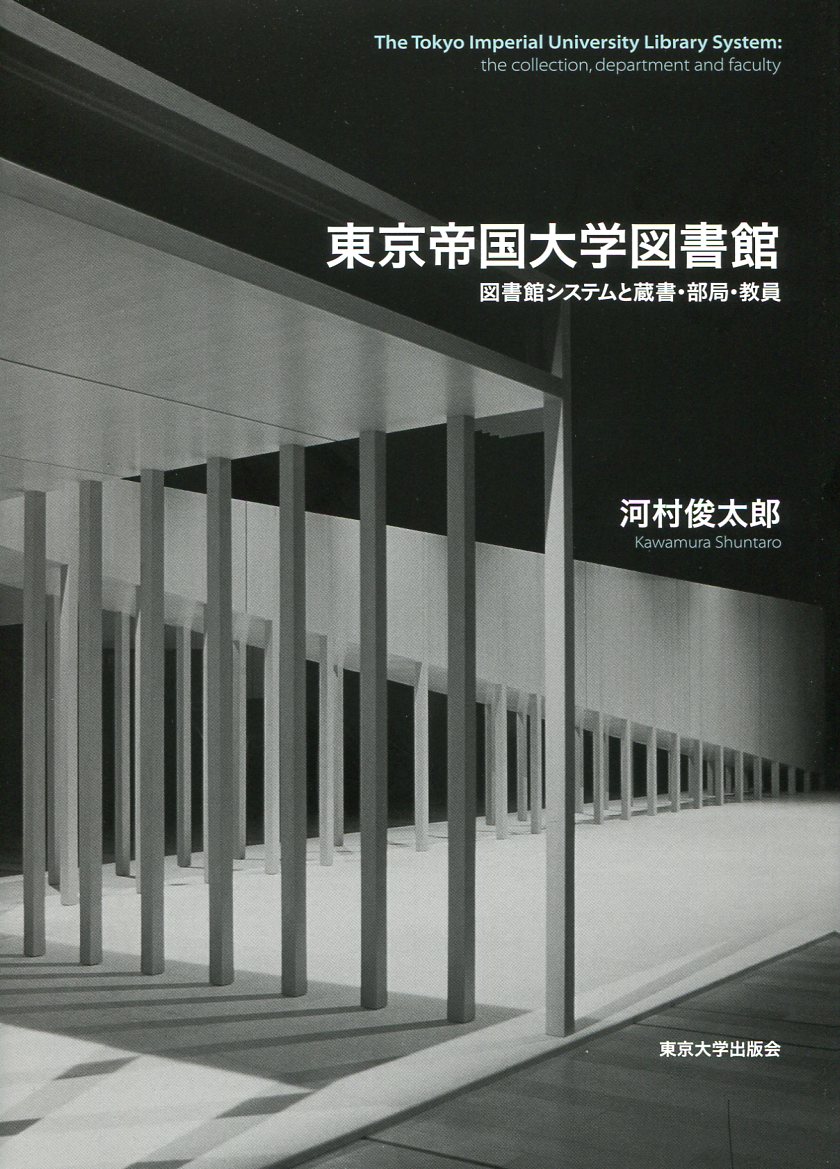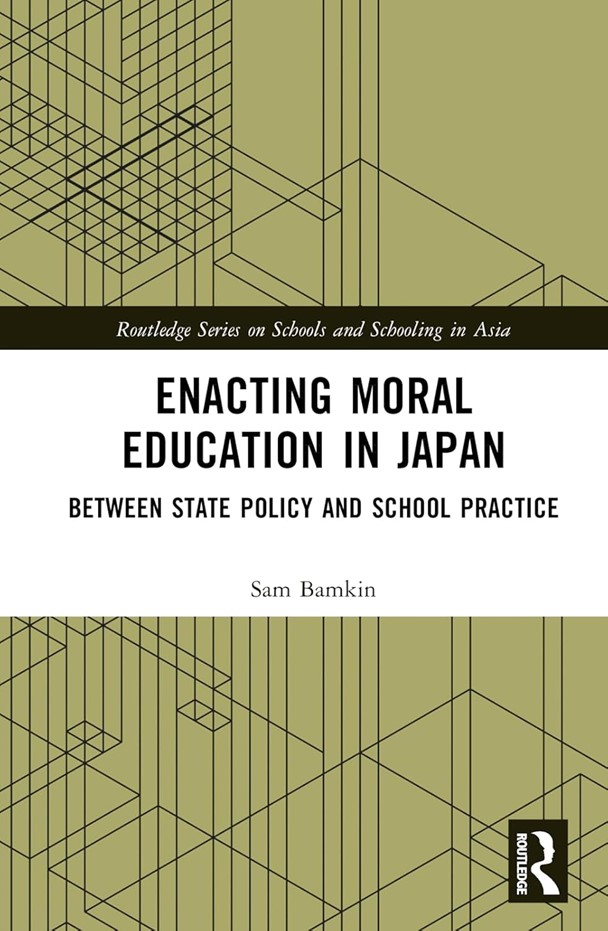
Title
Kyoiku-Kaikaku no tame no Gakko-Toshokan (The School Library for Educational Reforms)
Size
344 pages, A5 format
Language
Japanese
Released
June 27, 2019
ISBN
978-4-13-001008-5
Published by
University of Tokyo Press
Book Info
See Book Availability at Library
Japanese Page
This book is a compilation of my research results on the educational aspects of Library and Information Science that I have ever worked in, following the previous book, Libraries for Information Literacy (Misuzu Shobo Publishers, 2017). I organized the facts to indicate the twisted relationships between the administrational educational reforms and the post-war school library developments in Japan and offered suggestions to solve them.
In the international setting, teaching methods and school curriculum have been changing from the behavioral model wherein knowledge transfers from teachers to learners, to the constructivist model wherein learners construct knowledge themselves out of their experiences. International organizations such as the OECD and UNESCO have been trying to expand it further, globally. In this constructivist educational theory, literacy through language cognition, including reading comprehension literacy is the most important factor. If we trace its origin, we can go back to ancient Greece, where philosophical dialogue was a powerful way to acquire knowledge. A consistent emphasis by this epistemological premise has been on the educational theory, which states that learners create their own ideas through the act of reading, writing, and discussing among themselves.
The school library with professional staff who mediate the materials to learners is located at the educational facilities, gathering their own experiences and constructing them as knowledge. In France, secondary education schools have one or two full-time staff of librarian-teachers (professeur-documantaliste) in each school. In the State of Hawaii, US, there is one school librarian and one assistant staff who manage school libraries. In Finland, public libraries with professional librarians serve as school libraries. Institutionalization of school libraries is also a fundamental aspect of the International Baccalaureate (IB) schools.
In Japan, when empirical education methods had been introduced during the occupational reform period (1945-1951) after World War II, the school libraries were also investigated in some schools under the support of the Ministry of Education and the GHQ/SCAP. Although the introduction of full-time librarian-teachers was considered, the curriculum administration was reverted to the older system with the end of the Occupation and the beginning of the Cold War political system. The School Library Act was enacted in 1953, but its effectiveness has become very limited.
Since the 1980s, the MEXT had introduced empirical integrated learning and inquiry-based learning through educational reforms, but since each time it was criticized of lowering academic abilities, the reforms could not be continued. However, there are a few schools that have pursued learning activities while incorporating the school library into the curriculum with professional staff. Some report that the educational performances have been increasing in schools which adopt inquiry-based learning methods. The effect is seen in aspects such as the ability to express oneself, concentration, motivation, and self-affirmation, and some say that this is linked to achievements in advanced schools.
Analyzing these historical developments and the current situation, I finally discuss reforms of the training scheme and the assigning of professional staff in school libraries.
(Written by NEMOTO Akira, Professor emeritus, Graduate School of Education / 2019)



 Find a book
Find a book



